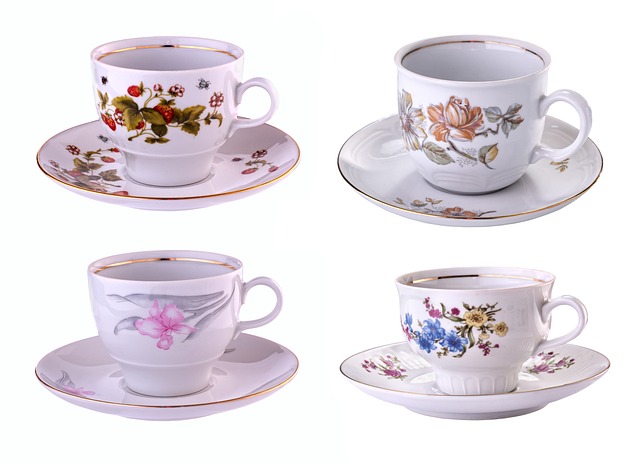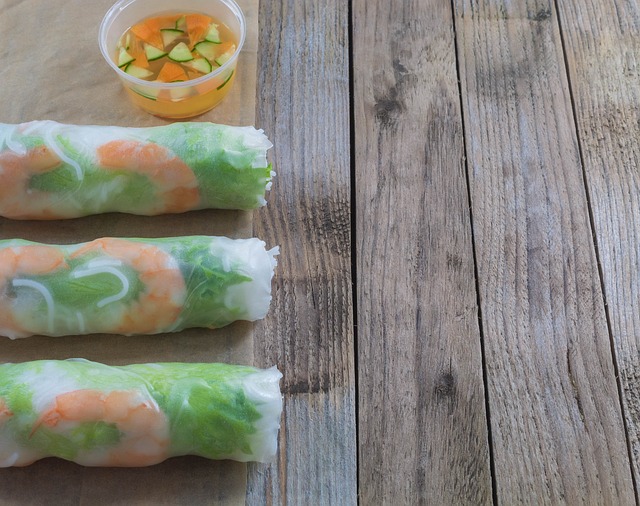One of the biggest perks of MDF is its smooth surface. This makes it a dream for painting and finishing. If you’ve ever tried to paint wood, you know those pesky grains can be a pain. With MDF, you get a flawless finish that can elevate your kitchen’s aesthetic. Plus, it’s available in various styles, so whether you’re going for a sleek modern look or a cozy farmhouse vibe, MDF has got your back.
Now, let’s talk durability. MDF is engineered to be strong and resistant to warping, which is a huge plus in a kitchen where humidity and temperature can fluctuate. Think of it as the sturdy friend who always shows up when you need them. However, it’s worth noting that while MDF is water-resistant to some extent, it’s not entirely waterproof. So, if you’re planning to install cabinets near the sink, you might want to consider adding a protective layer or opting for a different material.
Another thing to consider is the cost. MDF is generally more affordable than solid wood, making it a great option if you’re on a budget but still want that high-end look. It’s like getting a designer outfit at a thrift store price—who wouldn’t want that?
So, is MDF good for kitchen cabinets? If you’re looking for a stylish, cost-effective, and durable option, it just might be the perfect fit for your culinary haven!
MDF vs. Solid Wood: The Ultimate Showdown for Kitchen Cabinets

MDF, or Medium Density Fiberboard, is like the underdog in this showdown. It’s made from wood fibers glued together under heat and pressure, giving it a smooth, uniform surface. This means no knots or imperfections, making it a dream for painting. Imagine a blank canvas just waiting for your creative touch! Plus, MDF is often more budget-friendly, which is a huge win if you’re looking to save some cash without sacrificing style.
On the flip side, solid wood is the heavyweight champion, boasting natural beauty and durability. Each piece tells a story with its unique grain and texture, adding character to your kitchen. Think of it as the classic car of cabinetry—timeless and always in style. Solid wood can withstand the test of time, but it does come with a higher price tag and requires a bit more TLC to keep it looking its best.
Now, let’s talk about maintenance. MDF is less prone to warping and cracking, making it a solid choice for humid environments like kitchens. However, if you’re a fan of that rustic, natural vibe, solid wood can be refinished and repaired, giving it a longer lifespan if cared for properly.
So, which one should you choose? It really boils down to your personal style, budget, and how much love you’re willing to give your cabinets. Whether you lean towards the sleek, modern appeal of MDF or the timeless elegance of solid wood, both options can create a stunning kitchen that reflects your personality.
Why MDF Might Be the Unsung Hero of Your Kitchen Renovation

MDF is like that reliable friend who always shows up when you need them. It’s incredibly versatile, making it perfect for everything from cabinets to shelving. You can paint it, stain it, or even leave it as is for a sleek, modern look. Plus, it’s smooth as a baby’s bottom, which means no pesky splinters or rough edges to worry about. Isn’t that a relief?
But wait, there’s more! MDF is also budget-friendly. If you’re trying to stick to a budget (and who isn’t?), this material allows you to achieve that high-end look without breaking the bank. Think of it as the stylish yet affordable outfit you find on sale—it looks great, and you didn’t have to spend a fortune.
Now, let’s talk durability. MDF is engineered to withstand the wear and tear of a busy kitchen. It’s resistant to warping and cracking, which means it can handle the heat of cooking and the occasional spill. It’s like having a trusty sidekick that never lets you down, even in the most chaotic of cooking sessions.
So, if you’re planning a kitchen renovation, don’t overlook MDF. It’s the quiet achiever that can elevate your space while keeping your wallet happy. Who knew that such a humble material could be the secret ingredient to your dream kitchen?
The Pros and Cons of MDF Kitchen Cabinets: What You Need to Know
First off, let’s talk about the perks. One of the biggest advantages of MDF is its smooth surface. Imagine painting a canvas; MDF gives you that flawless backdrop, making it perfect for a sleek, modern look. Plus, it’s super versatile! You can easily shape and mold it into any design you fancy, whether you’re going for a classic or contemporary vibe. And let’s not forget about cost—MDF is generally more budget-friendly than solid wood, which means you can save some cash for that fancy backsplash you’ve been eyeing.
But hold on, it’s not all sunshine and rainbows. MDF isn’t as durable as solid wood. If you’re the type who loves to cook up a storm, you might find that MDF doesn’t hold up as well against moisture and heat. Think of it like a sponge; it can absorb water, leading to swelling and damage over time. And while it’s easy to paint, that beautiful finish can chip or scratch more easily than you’d like, especially in a busy kitchen.
So, what’s the verdict? If you’re looking for an affordable, stylish option and don’t mind a little extra care, MDF kitchen cabinets could be your best friend. But if you want something that can withstand the test of time and a few spills, you might want to consider other materials. It’s all about finding the right balance for your kitchen needs!
Is MDF the Future of Kitchen Cabinetry? Experts Weigh In
One of the biggest perks of MDF is its affordability. Who doesn’t love saving a few bucks while still achieving that high-end look? Experts point out that MDF can mimic the appearance of solid wood without the hefty price tag. Plus, it’s less prone to warping and cracking, which means your cabinets will look fabulous for years to come. Think of it as the reliable friend who always shows up on time—no surprises!
But wait, there’s more! MDF is also eco-friendly. Made from recycled wood fibers, it’s a sustainable choice that helps reduce waste. So, if you’re someone who cares about the planet, choosing MDF for your kitchen cabinets is like giving Mother Earth a high-five.
Now, let’s talk about customization. With MDF, the sky’s the limit! You can easily create intricate designs and shapes that would be a nightmare with solid wood. It’s like having a magic wand for your kitchen—transforming your space into something truly unique.
Frequently Asked Questions
Is MDF Durable Enough for Kitchen Cabinets?
MDF is a popular material for kitchen cabinets due to its smooth surface and versatility. While it is not as durable as solid wood or plywood, it can withstand normal kitchen use if properly sealed and maintained. To enhance its durability, ensure it is coated with a moisture-resistant finish to protect against humidity and spills.
How to Maintain MDF Kitchen Cabinets?
To maintain MDF kitchen cabinets, regularly clean them with a damp cloth and mild detergent to remove dirt and grease. Avoid excessive moisture and harsh chemicals that can damage the surface. Use coasters and mats to prevent scratches and heat damage. Periodically check for any signs of wear or damage and address them promptly to prolong the life of the cabinets.
Can MDF Cabinets Withstand Moisture and Heat?
MDF cabinets are engineered from wood fibers and resin, making them less resistant to moisture and heat compared to solid wood. While they can handle some humidity, prolonged exposure can lead to swelling and damage. To enhance durability, it’s essential to use proper sealing and avoid placing them in high-heat or high-moisture areas.
What Are the Pros and Cons of Using MDF in Kitchens?
MDF, or Medium Density Fiberboard, is a popular material for kitchen cabinetry and furniture due to its smooth surface and versatility. Pros include affordability, ease of machining, and resistance to warping. However, it is less durable than solid wood, can be susceptible to moisture damage, and may emit VOCs. Consider these factors when deciding if MDF is suitable for your kitchen.
How Does MDF Compare to Solid Wood for Cabinets?
MDF is a manufactured wood product made from wood fibers, while solid wood is cut directly from trees. MDF offers a smooth surface ideal for painting and is less prone to warping, making it a cost-effective choice for cabinets. However, solid wood is more durable, can be refinished, and provides a natural aesthetic. The choice between the two depends on budget, desired appearance, and durability requirements.